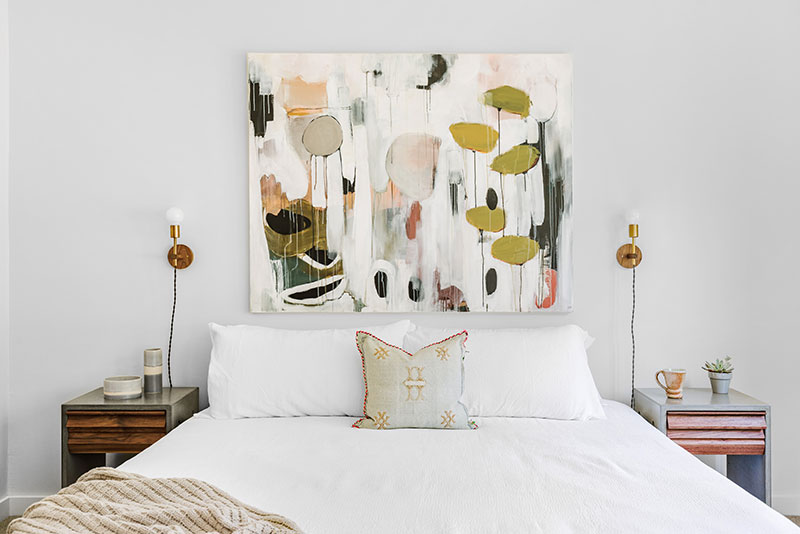Advertisement
Art collectors are more than simply a person with a casual eye for paintings and sculptures. There is a deeper appreciation for the artist, the process, and the investment that comes with owning art pieces. Homeowners might feel intimidated jumping into the world of art collecting, but it doesn’t need to be scary and you don’t need to focus on finding big-name pieces like the Mona Lisa when you’re just getting started.
Collecting art simply gives you a way to add some color and personality to your home or office. It allows you to look for pieces from artists you love. And it allows you to build a collection of art that is unique to your styles and tastes. The best way to find something that you love is by going through galleries and shows, meeting artists, and trying new things. Here are some other best practices to help you become a more avid art collector.
Go to Art Galleries and Art Openings
Finding art is about being at the right place at the right time. There is something special about seeing original artwork up close and personal. Galleries, art museums, and art gallery shows are wonderful for getting a firsthand look at different kinds of art. You can get a feel for whether you are drawn toward abstract art, or impressionist styles, or if you prefer something more literal. You can even talk with other art enthusiasts who are there to admire and perhaps also buy some art.
Art is Everywhere
Art galleries are not the only places to find quality art. There are online sites with amazing artists and unique art pieces. You can discover art at local art fairs. It’s also possible to find interesting pieces at local stores and even some coffee shops and restaurants that display and sell art. Think about the space you have in your home and the colors you want to incorporate as well. This will help you to identify the right kinds of art pieces for you.
Start With Something Small
Starting small helps you get your feet wet in the art collecting world. Find a small piece to hang in your office or in a hallway. You can always buy more art later or find larger pieces to hang in your living room with the vaulted ceiling. If you’re starting with a print, choose one that will fit in an area of your home that has good light. Prints can be hung on the wall or placed in a frame. The same goes for small paintings—they make great decorative pieces on a bookshelf or side table. Small sculptures make excellent bookends. There are plenty of ways to add those unique touches to your home or office when you start collecting art.
Meet the Artist (If Possible)
Serious collectors who purchase original art love to meet the creator of modern pieces. If you’re interested in buying original art, the first step is to meet the artist. When you go to gallery openings and art shows, it’s the perfect time to meet artists and talk about their work. At these events, artists will usually be available for questions about their process and inspiration. You can also ask about how they got started making art, which often involves a lot of trial and error. Ask about any pieces that are in the works as well and get contact information so that you can stay in the loop when new art becomes available. Some artists are even open to doing custom work.
Hang it all Together
It’s important to hang your art in groups. If you have three or more pieces of art, hang them together on a wall. The same goes for odd and even numbers of pieces; hanging two doesn’t look as good as hanging 3 or 4, and vice versa. In addition to grouping your artwork by the number of pieces, consider clustering similar works together—this helps create a sense of unity that can make the collection feel cohesive without becoming too crowded. Of course, when you invest in larger pieces, these make a statement all on their own and can easily be hung alone.
Take Care of Your Art
Caring for art is important. Keep it out of direct sunlight, and away from heat sources. Don’t hang it too high or too low. You don’t want people to strain to look at it. It’s also important not to hang it close to the edge of a wall because it’s easier to knock it out of place. The last thing you want is for your art to get damaged because you bumped into it.

